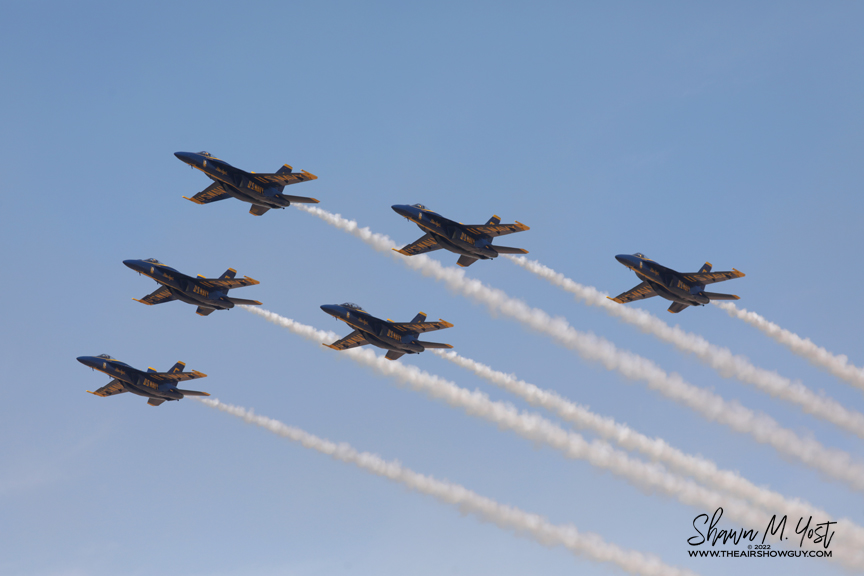The United States Navy Blue Angels deploy to NAF El Centro annually to transition the new members of the team and train for the upcoming airshow season.
While at El Centro, the team performs twice daily, six days a week. This rigorous flight schedule allows the team members to learn and eventually perfect the flight demonstration. The team’s training is not limited to just the flight activity. The team’s narrator is memorizing his performance, and the ground crew is practicing the pre-flight checks and movements. Each flight is taped and debriefed. Maintenance is performed. Basically, each function of the team is honed while deployed.
NAF El Centro is in the heart of California’s Imperial Valley. Locally, the base is surrounded by farm land and nearby is a vast desert. The team performs over the base two days a week, with the remainder of the practice flights taking place over the desert range. It may seem odd to some since most airshows are performed at bases or airports. The desert flights allow the team to sharpen their skills with little danger to civilians as well as practice routines remotely for beach type airshows. The days at base are adored by the Blue Angel fans that flock to the watch the practice demos.
On March 3, 2022 I had the opportunity to attend one of the practice days at El Centro. This has been an aviation “bucket list” item for many years. Let me tell you that the experience was everything I had hoped it would be! A close friend of mine (also an aviation photographer) met me in Arizona to share the adventure.
We arrived early at El Centro, hoping to get a good spot to experience the take-off “blast.” Numerous other people had the same idea. However, people were kind and let us set up around them. The basic rules of aviation photography were expected – do not get in my way and we are good! After a brief wait, we noticed the team taxiing out for the first practice hop.
The excitement was building in my body. I did what seemed to be the thousandth check of my gear. I looked around to make sure I was not in my neighbor’s way and no one was in mine. The hand-held scanner I brought was tuned to the team. Meanwhile the four-ship diamond was at one end of the runway while jets Five and Six were now less than 100 yards away from us. And just like that we heard Boss announce “let’s go, brakes off…burners NOW!”
The diamond formation was headed straight at us on centerline of the runway” As the team lifted off, the slot pilot immediately moves into position. Just as he gets into position, they clear the fence and fly right over you in FULL MAXIMUM POWER! The coolest thing a jet nut can experience. However, it was the loudest thing I have ever experienced in my life. I was not prepared and did not have hearing protection, so I had to immediately cover my ears. The rush of the jets is exhilarating and amazing. You felt the air pressure change and the wind of the jets passing. Jet exhaust smells were also afoot. They flew over us at about 30 yards above our heads!
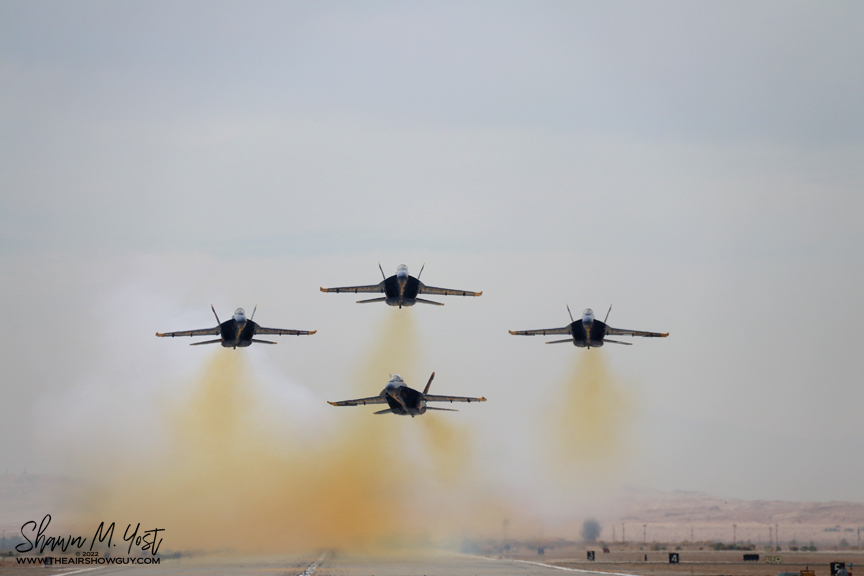

As the diamond pulled up and into their show opening loop, the two solo jets moved into take-off position. As the diamond roared back over the runway, the solos went to full burner and took off. A second deafening blast of jet noise!
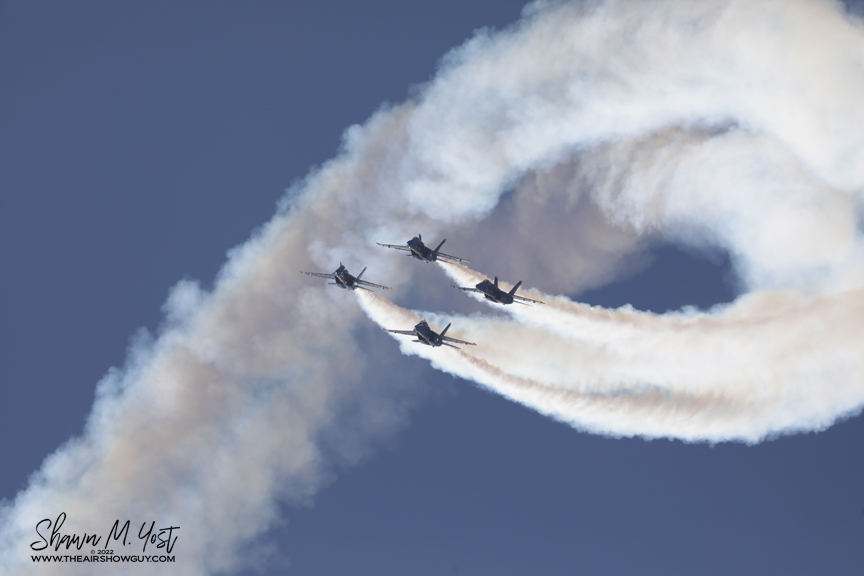
After the solos departed, the team went through the show demo. The end of field perspective is a completely different visual experience than being at show center or even on the show line. The benefit is that you get to see the team at different angles and how they position themselves to make the maneuvers happen at show center.

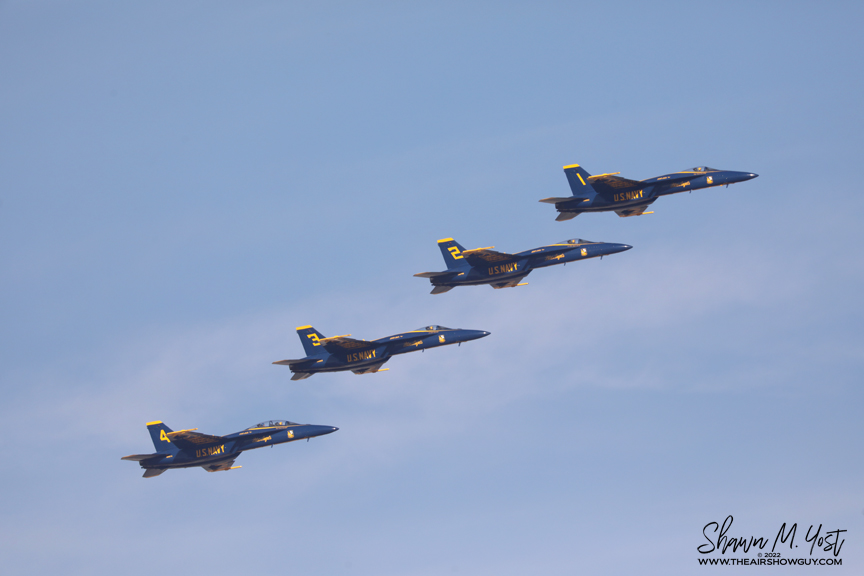
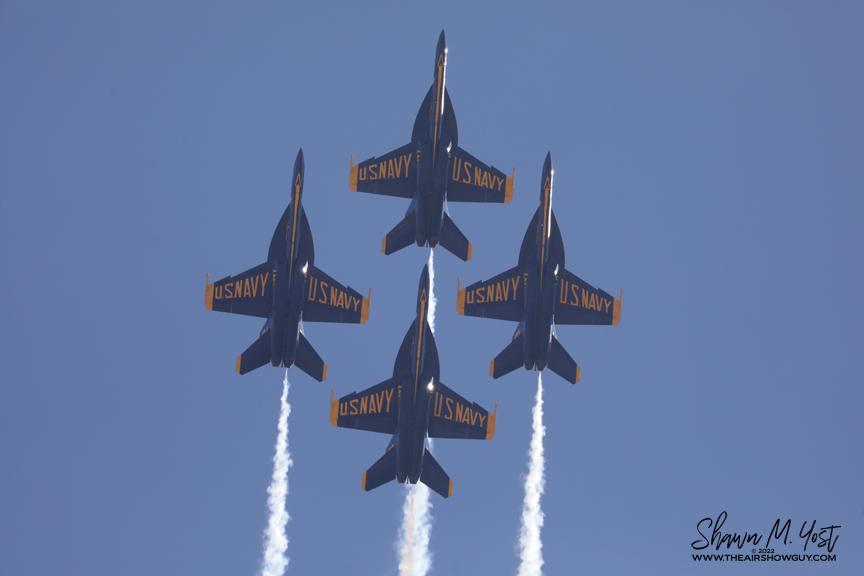


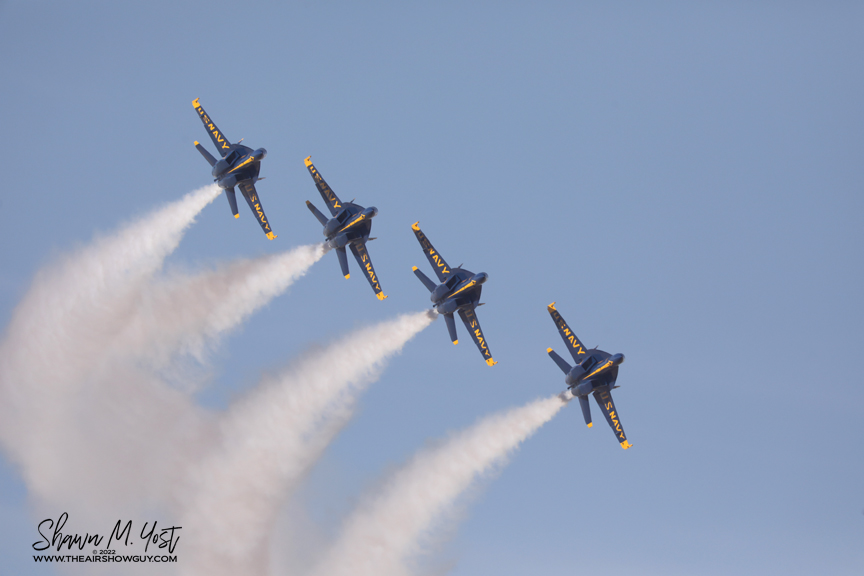

After the entire show is performed, the team sets up to land. It was really amazing how quickly the flight demo was over. The team performed the traditional pitch break to land and came down. After all six jets were down, the team taxied back in Blue Angel formation style.
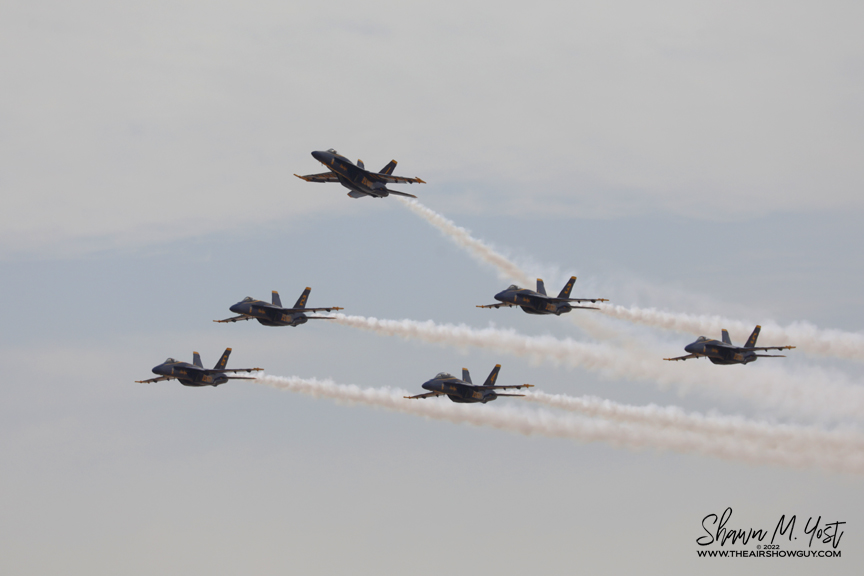
The bonus for our trip was the USAF Thunderbirds were also at El Centro. Recently, the two teams have been doing combined training for a week each year. This year, the Thunderbirds were visiting the Blue Angels. We had just missed out on a dual training day. The Thunderbirds were only set to depart. Eventually the Thunderbirds fired up the jets and taxied to the long runway and took off individually. We were very disappointed, as we were hoping for another jet blast off. The team did form up and did a delta pass and a delta break. While not exactly what I was hoping for, it was fantastic to see both teams.
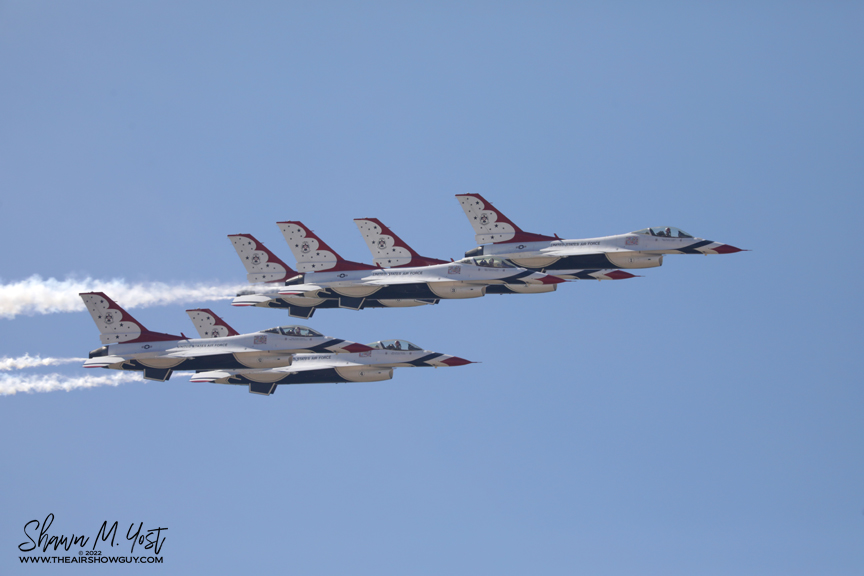
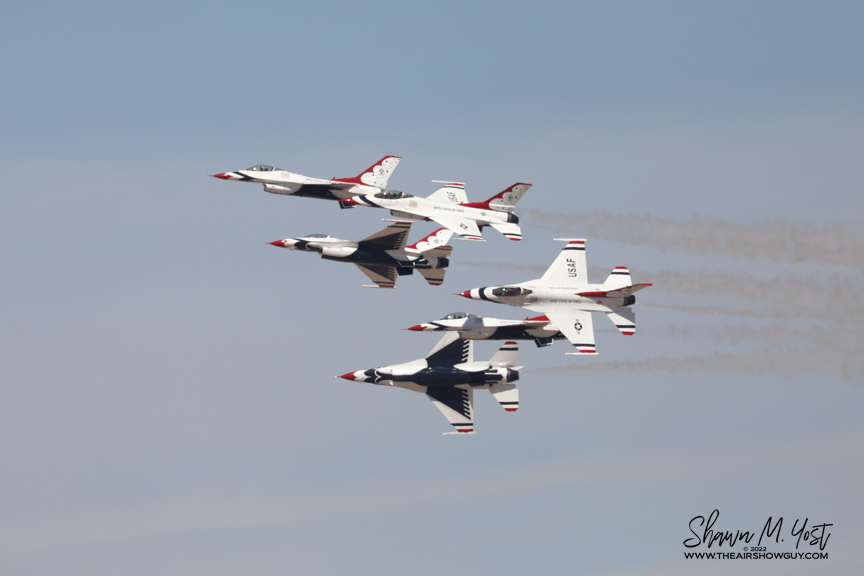
After the Thunderbirds departed, it was some downtime before the second flight demo. It was not quiet the entire time. Two C-2 Greyhounds from VRC-30 worked the pattern for almost an hour. They made several landings and take-offs or did simulated touch-n-go landings. a UH-1N also came in. Meanwhile, Thunderbird 14 came in, a C-17 Globemaster III arrived to pick up the team’s communications trailers and tools.

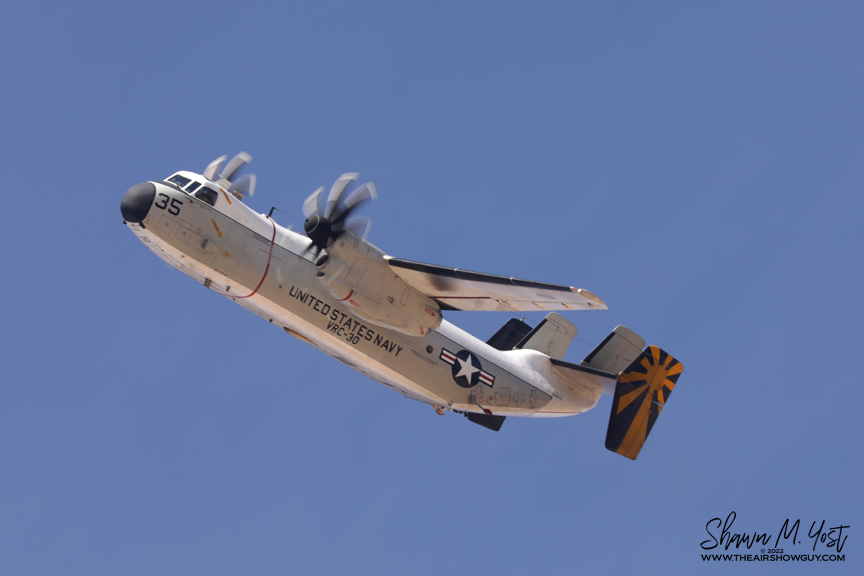
As the C-17 was loaded, the C-2s continued their pattern work. Suddenly, we noticed a fire truck racing up the runway. The lead C-2 abruptly lined up for landing and we noticed engine two was off with props feathered. It executed and emergency landing and was met by the fire trucks. Eventually, it taxied back to the hangar on one engine. Meanwhile, the second C-2 needed a place to land and the long runway was fouled by the emergency landing earlier. The C-2 lined up on the other runway and came in on approach from behind us! What a great experience being buzzed by the COD at a little over 30 yards above our heads. Also, during this time, a T-34C Turbo Mentor also came in, flying approach from behind us.

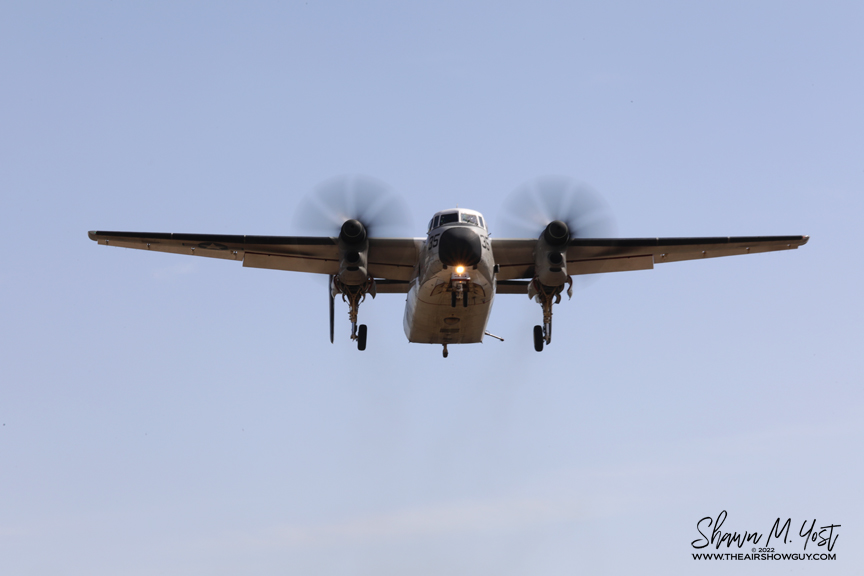

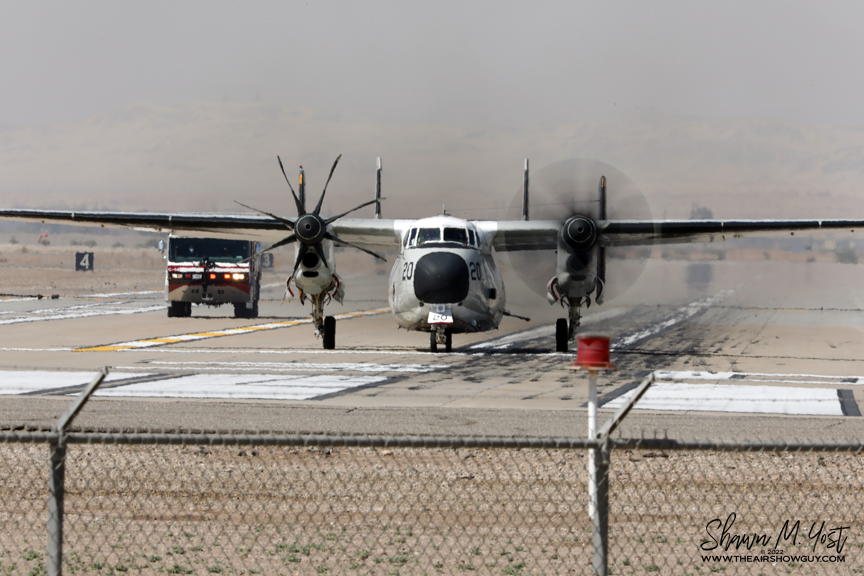


After the pattern excitement wore down, the Blues were back in the jets and ready to do the day’s second practice. I had checked my bag and found a pair of ear plugs to use for the second jet blast take-off. Identical to earlier, the jets moved into position. Boss made the call to go into burners and the jets came roaring at us. The diamond formation roared overhead. This time, I was able to photograph the entire process. The noise was still at extreme levels but the ear plugs made it bearable for the seconds the jets were above us. Max adrenaline was again flowing!
The afternoon practice was modified in several ways. The cloud cover changed from the morning to afternoon, so Boss made several changes to work in some low-show maneuvers. Additionally, the delta break was performed three times, with a different variation each time. During this portion, the flight surgeon was radioing the team to announce visual imperfections to help improve the formation. This is not uncommon and she also serves as one of the team’s safety observers. I thought it was neat to hear the improvements required since visually the maneuver looked flawless.


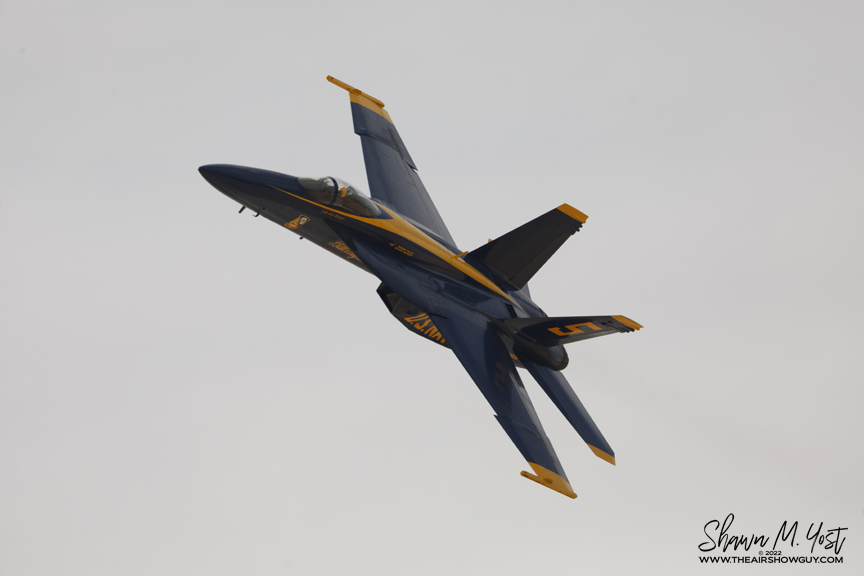
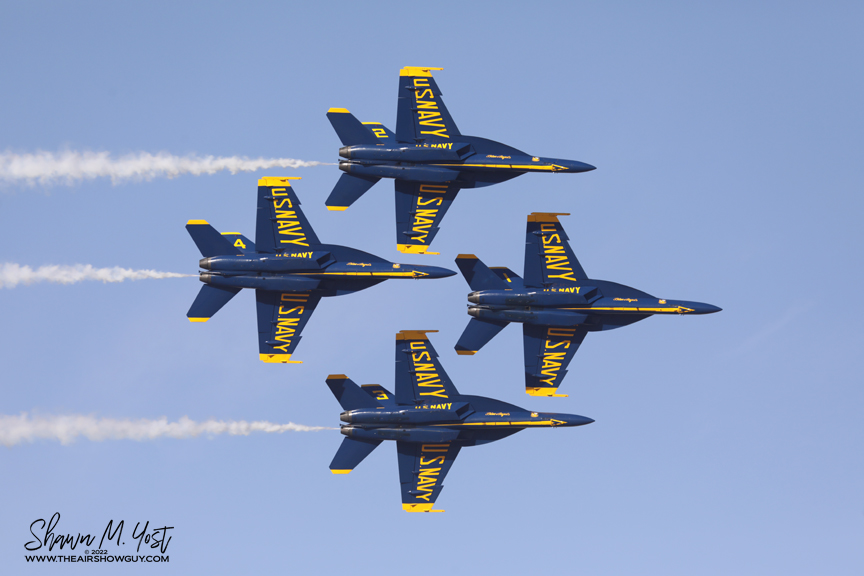
As the six jets landed and went back in for the day, we moved back to the car. Although the jets were down the excitement and adrenaline were still freshly pumping. We had a long drive ahead of us to get back to Arizona for the next chapter of our aviation adventure.
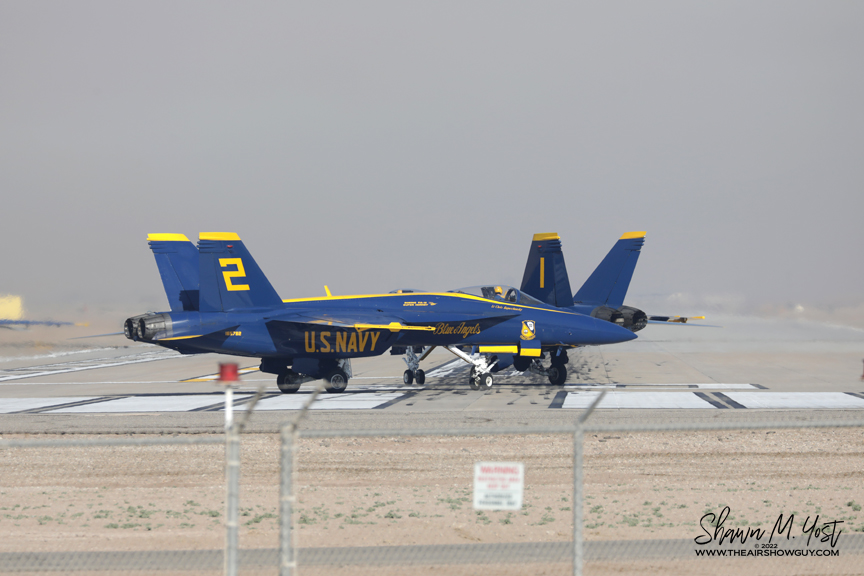
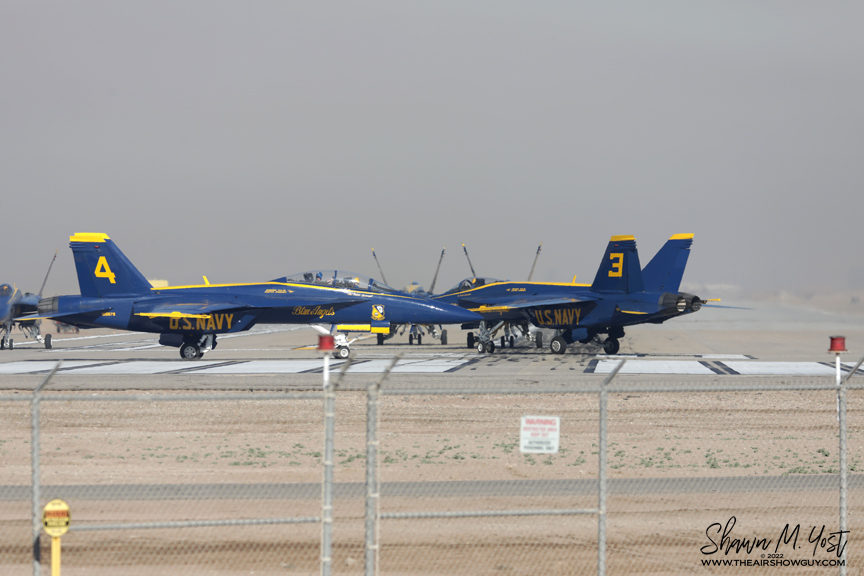


Reflecting back on the experience, I can say it was one of the most exhilarating and unique experiences of my aviation life. There is no way to really explain the feeing or the sheer noise of the take-off. Winter training was an experience that I do not regret and highly recommend as an aviation enthusiast (just make sure to bring hearing protection)!!
